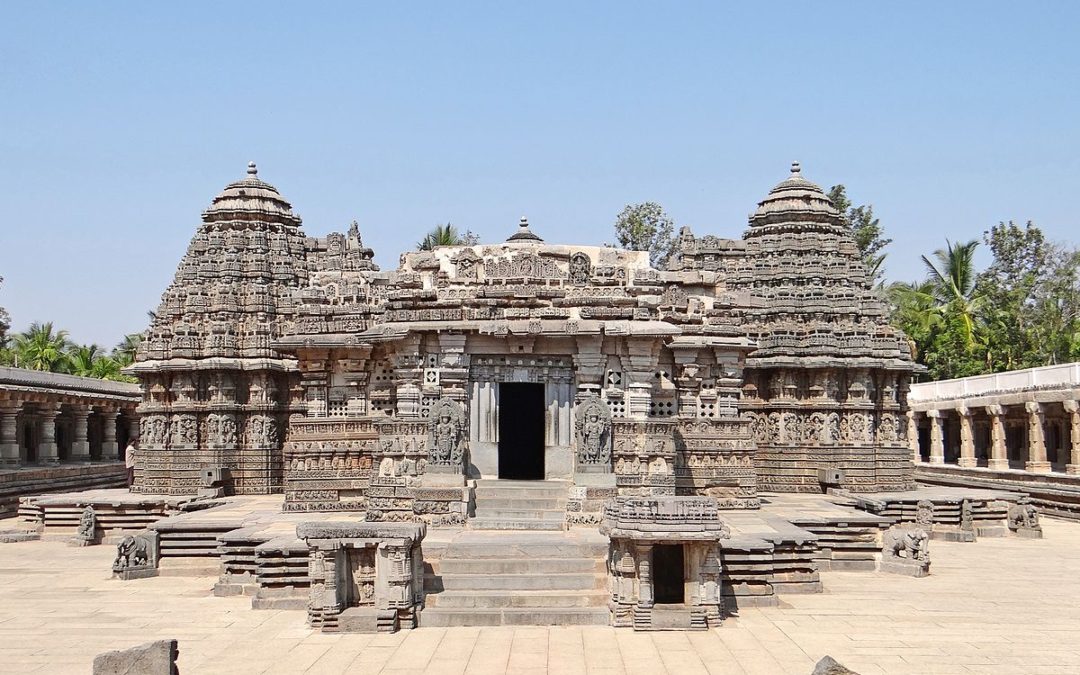Somnathpur
India is home to a great number of cultural spaces (including museums) that are visited by people for varied reasons that differ from person to person. While there is extensive data collected on consumer behaviour within other industries, there is almost none available for the culture industry in India. Understanding audiences is vital to create a sense of focus and identity to any service and/or organisation. In addition, the diversity of cultural offerings within India warrants a better understanding into audience expectations and barriers. A conversation between institutions and the people is therefore essential.
The ReReeti Foundation conducted an Audience Research Project commissioned by the Museum of Art and Photography in Bangalore (MAP) with the primary objective of understanding the needs and expectations of museum-going audiences in India. An audience study can be useful for multiple purposes such as developing new programs, evaluating existing ones, to inform planning (short and long term), for professional development, and so on and so forth.
Along with identifying drivers and barriers, conducting audience research also provides valuable insight into how people like to consume arts and culture and where it fits in their daily life. The key is to understand that there is no such thing as a ‘general public’. Insights from our latest project concur with the notion that there are heterogeneous groups of visitors that museums and cultural spaces receive, who have varying degrees of interest in the varied things that the institution has to offer. Audience data, therefore, provide possibilities for differentiated planning of programmes and communication needs and methods.

The increasing need for museums around the world to broaden their consumer base is also a significant factor here. It is in line with the newly emergent practice that it is no longer the acquisition of art, but the acquisition of attendance that has become a primary activity for cultural institutions. Conducting audience research also allows for a better understanding of the role museums play within modern Indian society.
It is hard to pinpoint the exact level of interest Indians have towards cultural activities primarily because the word culture itself has varied meanings and interpretations. Our study has given us five broad interpretations of the word culture; one being purely ‘anthropological’ wherein culture is associated with lifestyle and other everyday activities; second is ‘performative’ where they associate it with self-expression or some art form. The third is ‘aesthetics’, associating it with visual beauty or intricate craftwork, fourth is ‘emotional judgement’; wherein they interpret the word through some emotion or experience, and lastly the fifth is ‘vague/uninterested’ where people are unable to associate it with anything definitive. This plurality in interpretation is crucial to ensure inclusivity and versatility. This, while making programming more challenging for cultural institutions also creates a scope for innovations and experimentation.
The research also highlighted that Indians across the age range of 10 years to above 80 years old are highly inquisitive about regional art forms and artists. Apart from this, with regards to museum behaviour, when visiting one, people prefer having someone they can ask questions to or someone who explains the contents displayed. This shows some contradiction in behaviour as while interest might be high, the audience requires support during their visit.
Audience research is an ongoing process, as people’s habits and behaviour change at a very fast pace. In the long run, audience research goes beyond just catering to the audience but helps establish institutions as integral and relevant cultural centres where both the educational and recreational needs of the Indian audience are well catered to.
About
Hamsa Venkatraman is the Research Analyst for the Audience Research Project that was undertaken by the ReReeti Foundation in collaboration with the Museums of Art and Photography, Bangalore. She recently completed her Masters in World History and Culture from Kings College, London and has since worked with multiple cultural institutions. Her interest include studying cross-cultural interactions and its implication in present times in a manner that enables a unique output for research done.








Recent Comments